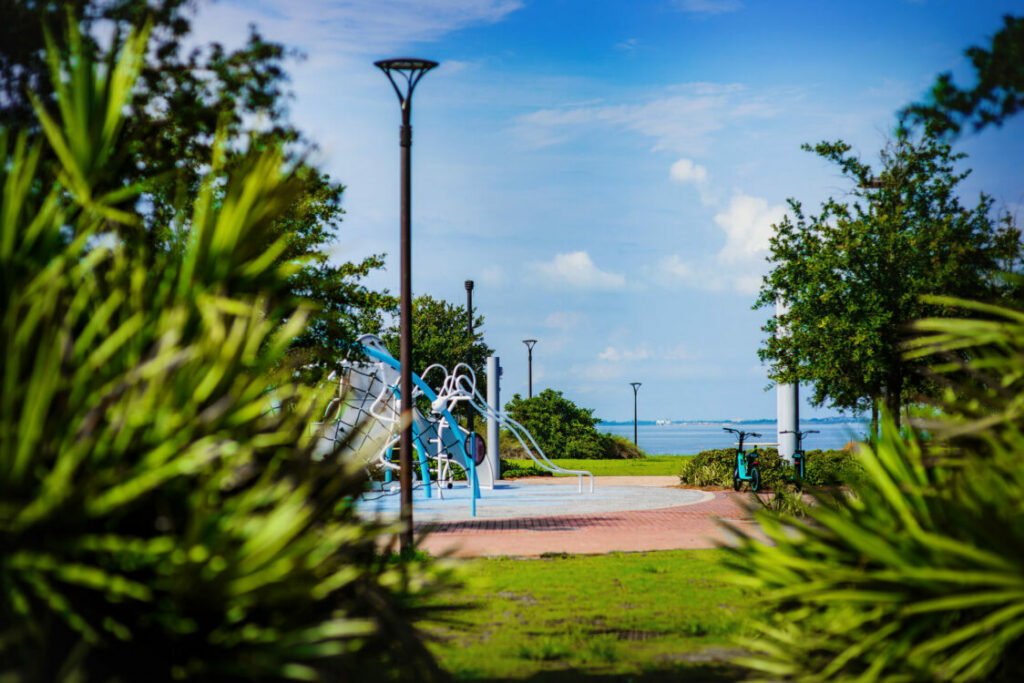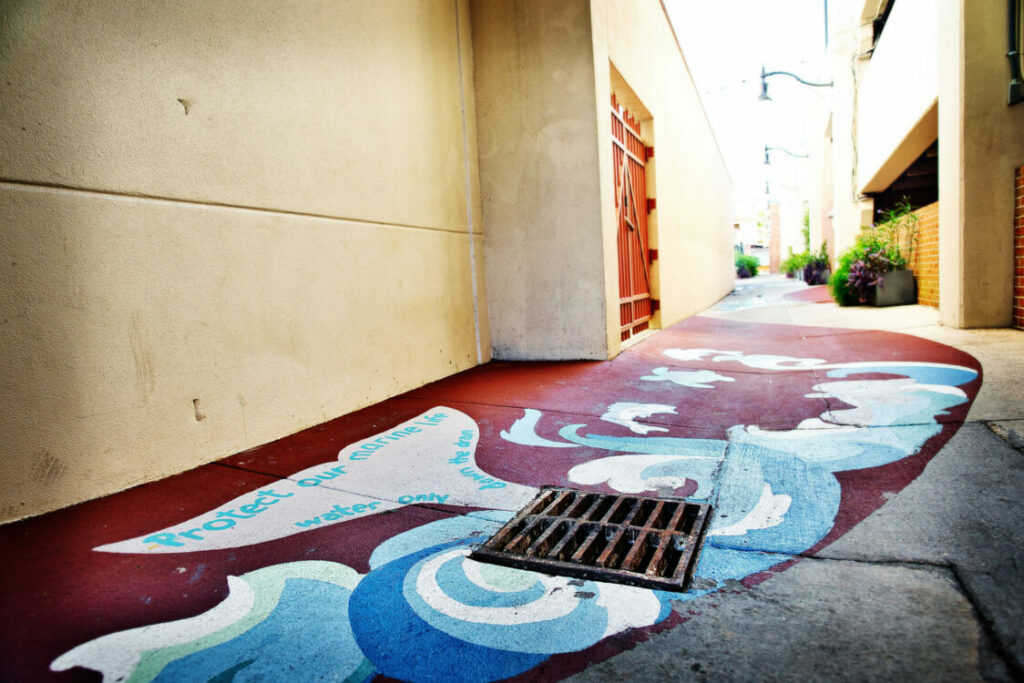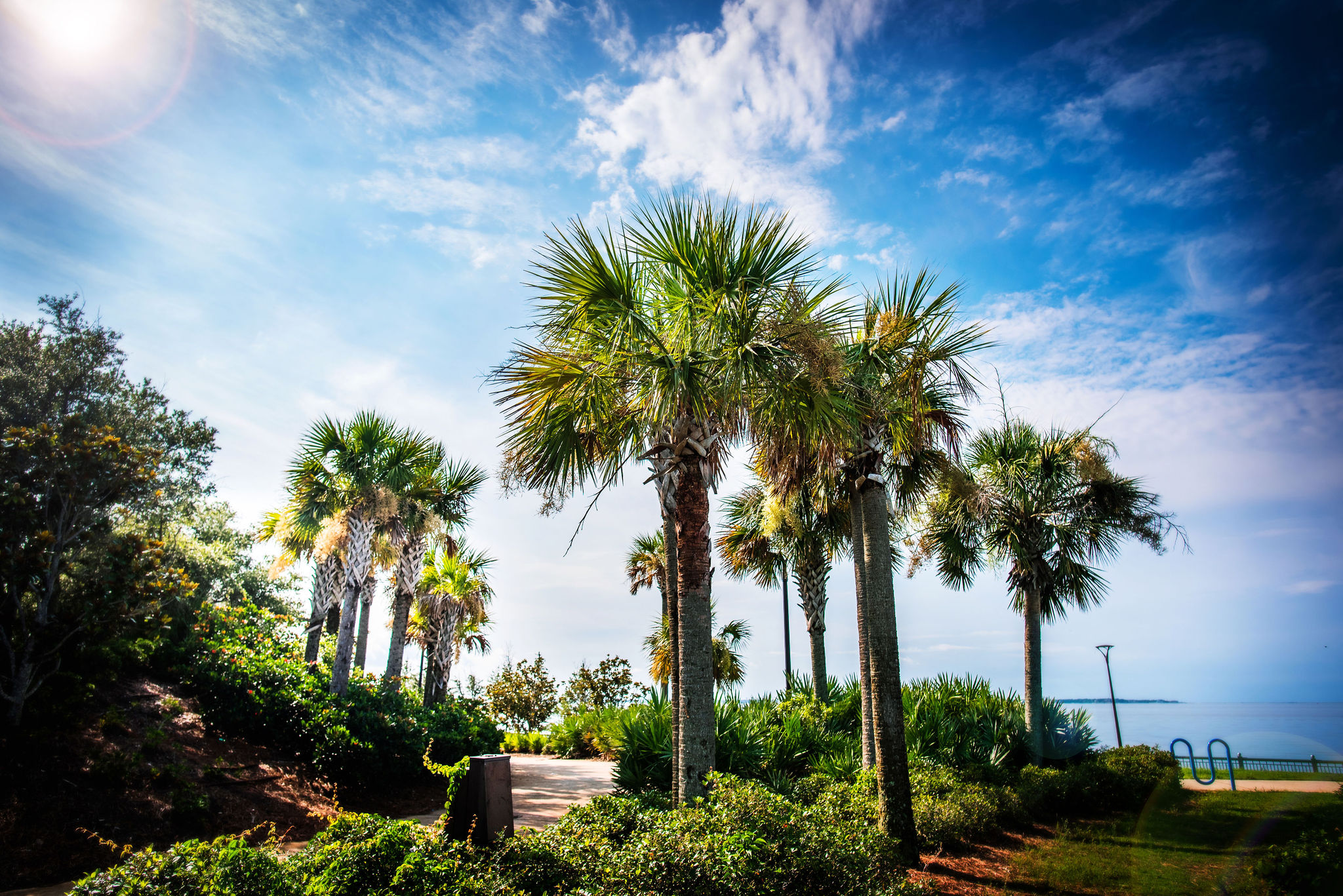Golfweek Features Jerry Pate Design and Teeth of the Dog - Read More
Once again, we find ourselves in the middle of the Atlantic hurricane season. Thankfully, while the number of named storms has been higher than average this year, most of the storms have remained over the ocean without causing excessive damage. The trend should not lull us into a sense of complacency, however. Hurricanes carry the highest costs of any weather-related disaster in terms of monetary damage as well as loss of human life, and there will always be another one. So, what can you do? Well, landscaping for hurricane season is one way to prepare.
When designing for hurricane resistance, a lot of attention is paid to buildings, such as the wind and impact resistance of windows and roofing materials. Landscaping gets less attention, but should be part of the design and maintenance strategy both to mitigate risk to structures and to improve the hurricane survivability of the landscape. Let’s discuss a few design and maintenance tips to give your outdoor environments the best chance of “weathering the storm.” Landscaping for hurricane season can make a difference!
Pay Attention to Trees

Trees are the landscape feature that should receive the most attention. Large limbs and falling trees can cause damage to buildings and other structures even in a typical thunderstorm, and the risk is compounded in hurricane-force winds. Choosing the right trees, carefully planning their location, and maintaining them properly can mitigate some of the risk, however.
Choose the Right Varieties
Choosing the best tree varieties for hurricane resistance can significantly reduce the chance of damage. There is a reason that sand live oaks are the oldest trees found in many hurricane-prone areas. Research conducted at the University of Florida found that they top the list of wind-resistant trees. A low center of gravity and broad root system allow them to weather some of the strongest hurricane winds. Southern magnolia, live oak, crapemyrtle, bald cypress, and sabal palm also made the list. Sand pine, Chinese elm, water oak, and laurel oak were some of the least wind-resistant trees in the study. When landscaping for hurricane season, the type of trees you choose has a bigger impact than you might expect.
Saltwater exposure during a hurricane is another important factor in choosing the right plant life for a landscape. In coastal areas that are prone to storm surge and salt spray, planting saltwater-tolerant trees, shrubs, and flowers will help to ensure that the landscape can bounce back when the storm is over.
Plant to Minimize Risk
We won’t go into the details on how to plant trees, but one significant factor is worth mentioning. Experience has shown that planting trees in masses can vastly improve their chances of surviving high winds versus a tree standing by itself. Trees can buffer each other from the effects of wind, and intertwining roots increase stabilization. The buffering effect of a group of trees can also help protect other landscape plants.
Forethought should be given to where trees are planted, as well. When trees are small, it’s easy to overlook the hazard they may pose when mature. Avoid planting near power lines or too close to buildings to lessen the risk of damage by falling trees or branches.
Prune Regularly and Correctly
Regular pruning is a recommended commercial landscape maintenance item and is especially important when preparing for hurricane season. Removing dead, dying, or diseased limbs promotes healthy growth and can make trees more visually appealing. It also reduces the risk of those limbs causing additional damage when they break during high winds. Thinning the crown of the tree can reduce trunk movement during a storm. A certified arborist can help to make sure pruning is done correctly.
Make Sure Water Has Someplace to Go

Speaking of trees, make sure that leaves are not clogging gutters, downspouts, swales, and storm drains. Downspouts should be pointed away from buildings, and there must be a clear path for water to follow when it exits. It’s a good idea to check them during a normal rain to see if water is flowing back towards the building in any areas. A little water during a typical rainstorm can foreshadow significant damage during a hurricane.
Other Landscape Considerations
Plants and trees are not the only commercial landscape items that should be given hurricane-related consideration. Soft mulch or shredded bark is considered a less dangerous option than rock or pea gravel for beds or paths. Small rocks can actually become damaging projectiles in high winds. It’s not a bad idea to wait until after hurricane season to replace mulch. Don’t fertilize before a storm either. Excessive fertilizer runoff is wasteful and harmful to the environment, so fertilization is another task that should wait until the storm has passed. Yes, landscaping for hurricane season can be all about artful timing!
When a hurricane is part of the forecast, there are some tasks that should be taken care of to ensure safety and help to make recovery easier. Removing or securing potential wind hazards and projectiles is at the top of the list. Furniture, planters, decor, and any miscellaneous debris should be moved indoors.
Manually shut off irrigation systems prior to a hurricane. There will be plenty of moisture from the storm, and irrigation line damage from uprooted trees is always a possibility. Don’t rely on moisture sensors to turn the system back on, since they will likely not be able to sense how saturated the ground actually is after a storm. Allow the ground to dry out for 3 to 4 days after a hurricane before turning the irrigation system back on.
Periodic hurricanes are part of life in coastal areas, but still arrive on short notice. Planning and maintaining a landscape that is resistant to the impact of a hurricane can minimize last-minute preparations when one forms. A professionally designed landscape that is appropriate for the region can reduce the risk of damage to your property.
To learn more about how we can help, get in touch.

